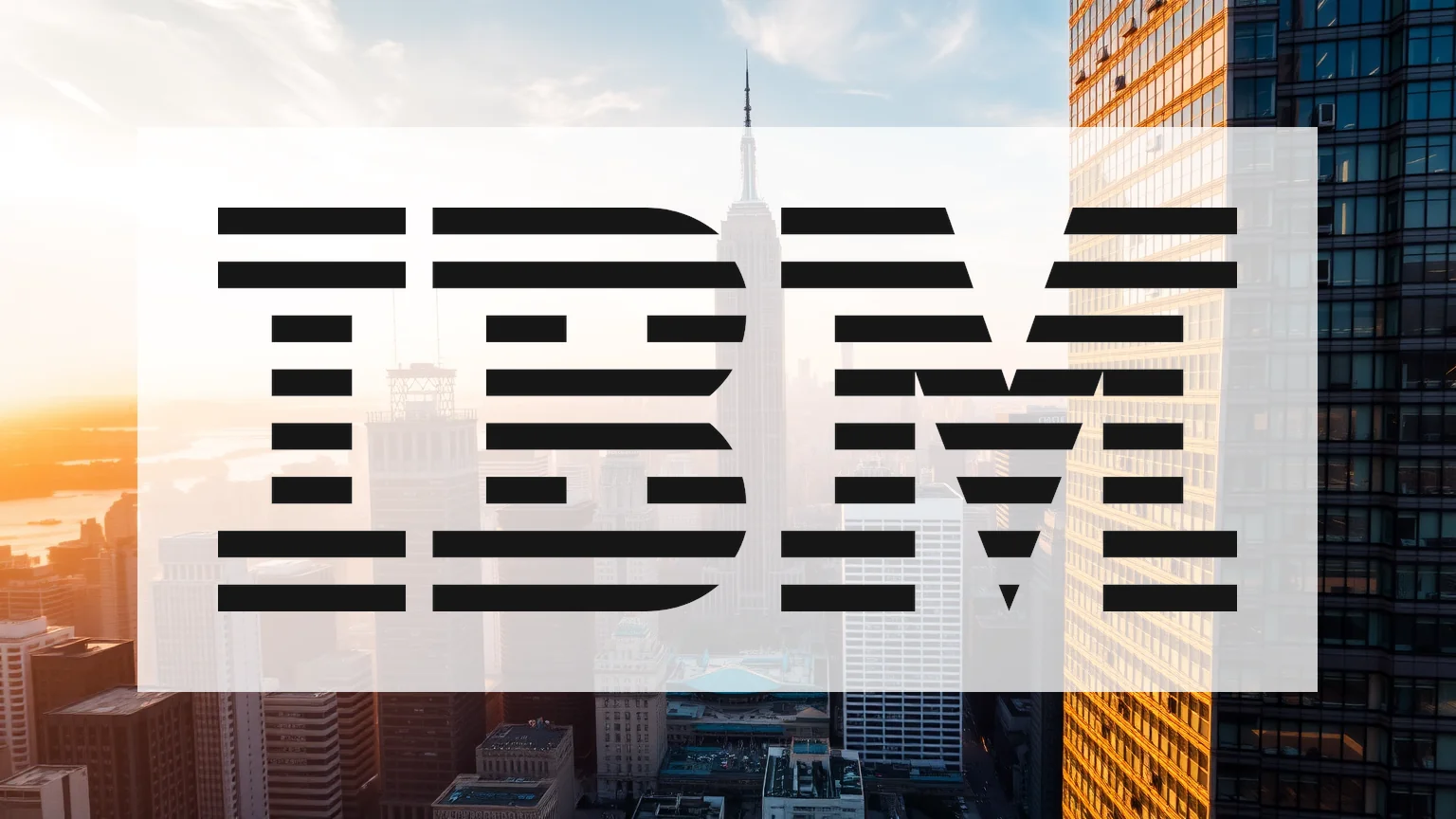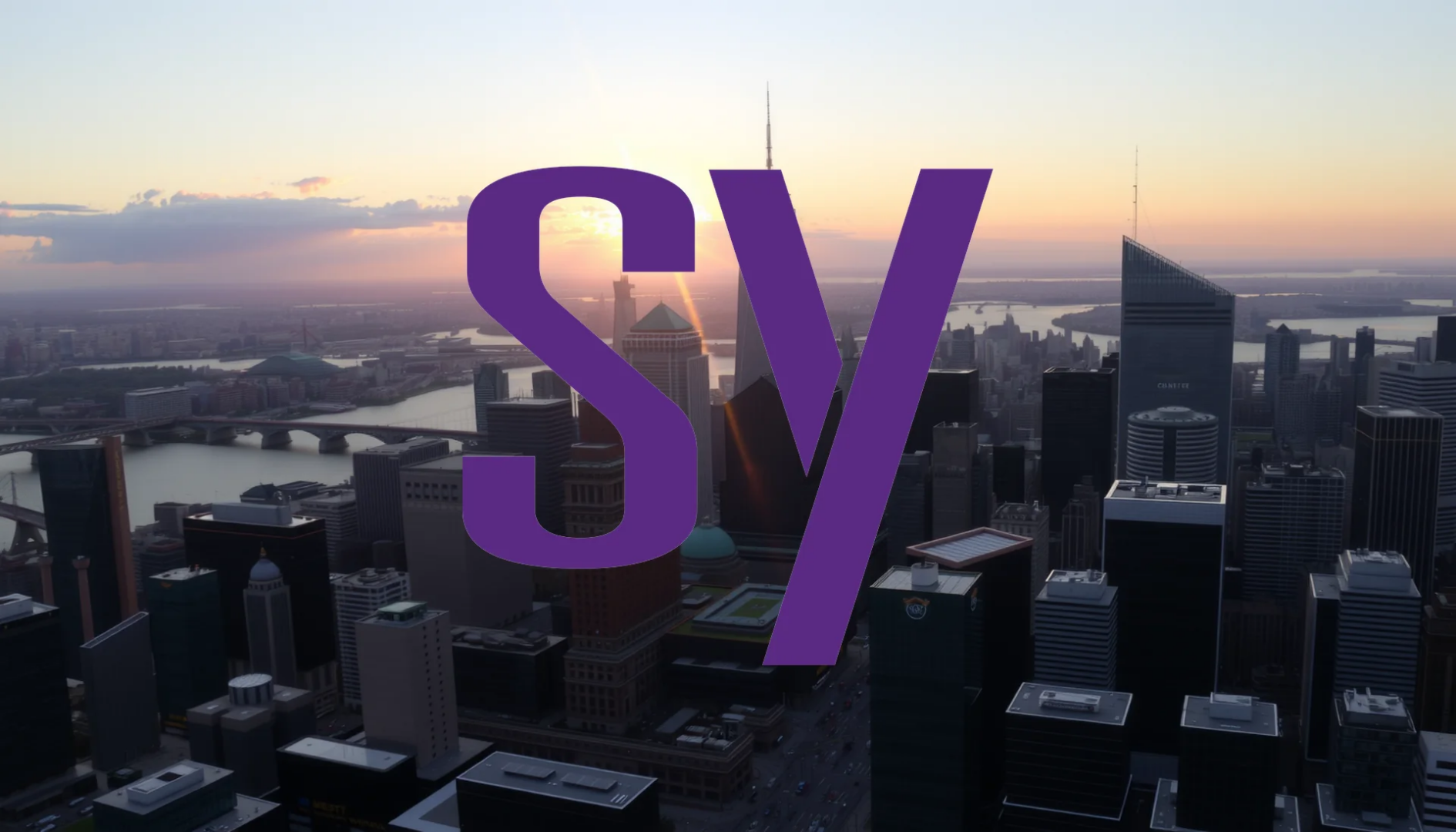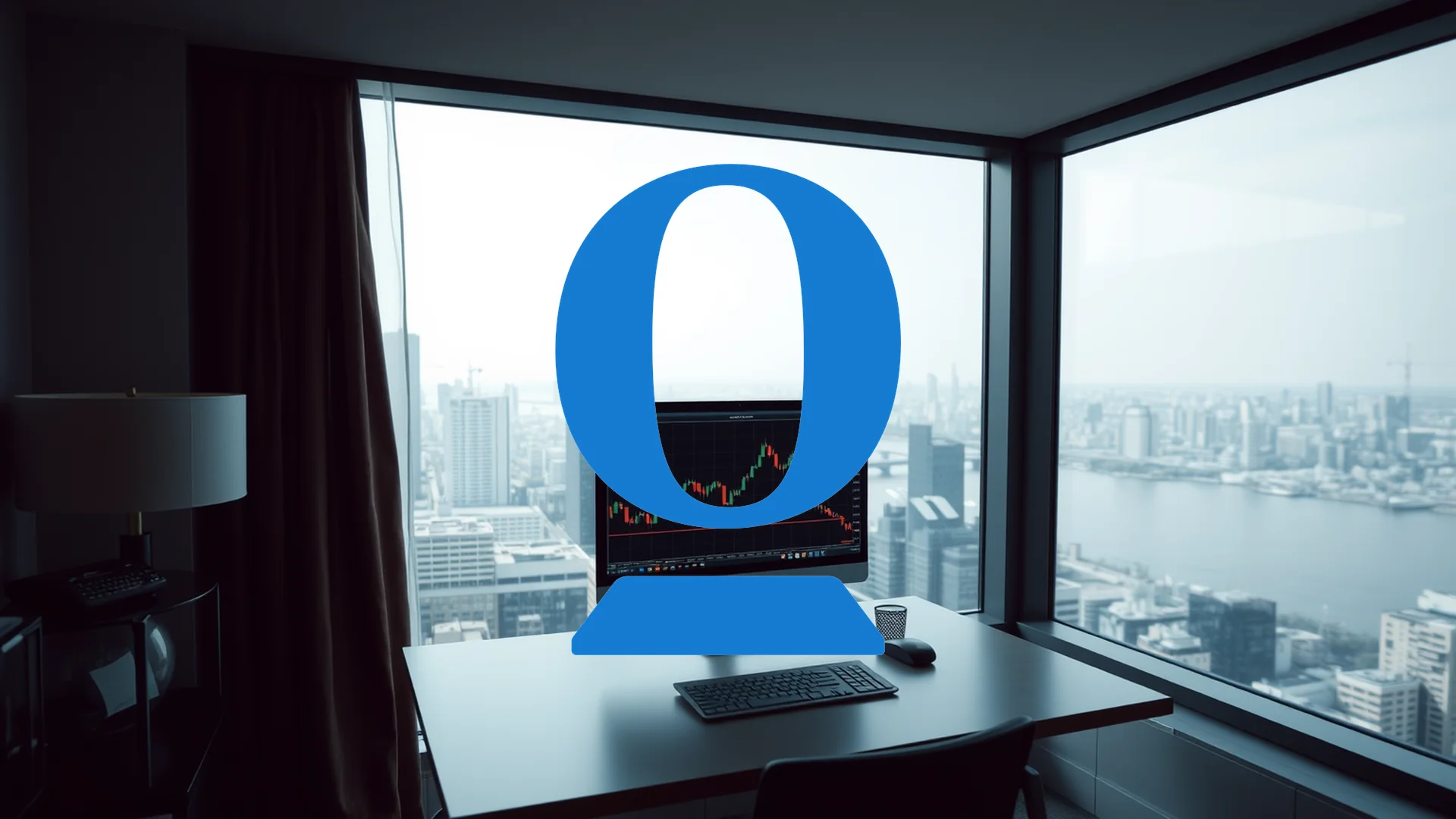IBM delivered a textbook example of a “buy the rumor, sell the news” market reaction. The technology giant posted second-quarter results that surpassed Wall Street’s forecasts for both revenue and profit. However, investors focused on a single area of weakness, sending the share price downward in a clear demonstration of how sensitive markets can be to minor disappointments within a tech company’s portfolio.
Financial Performance Exceeds Expectations, But Concerns Linger
On the surface, IBM’s quarterly report was impressive. Earnings per share climbed 15% to reach $2.80, comfortably exceeding the $2.65 analysts had projected. Total revenue saw an 8% increase, coming in at $16.98 billion. The market’s negative response, however, underscores that the details within these headline numbers often matter most.
A significant divergence emerged between the company’s business segments. The Infrastructure division was a clear standout, posting a robust 14% gain to reach $4.14 billion in revenue. In contrast, the Software unit generated $7.39 billion, a figure that narrowly missed analyst expectations. A deeper concern for investors was the segment’s adjusted growth rate, which decelerated to 8% from the 9% growth recorded in the previous quarter. As Jefferies analyst Brent Thill noted, the software narrative remains solid but is no longer an exclamation point for the company.
Explosive AI Growth Fails to Offset Broader Concerns
Counterbalancing the software slowdown, IBM’s artificial intelligence business is experiencing spectacular expansion. Chief Executive Officer Arvind Krishna announced that the generative AI segment has now grown to a portfolio worth over $7.5 billion. This represents a massive leap from the approximately $2 billion in business it held just one year ago, fueled by sustained demand for AI agents and the company’s open-source Granite series models.
Should investors sell immediately? Or is it worth buying IBM?
Despite this explosive growth, a key question remains for shareholders: is the AI boom sufficient to counterbalance emerging softness in the core software business? The market’s initial verdict appeared negative. Despite the overall strong earnings, IBM’s stock fell 8% following the report, a drop that pushed it through several key technical support levels.
Mixed Analyst Sentiment and a Confident Outlook
Wall Street analysts offered a divided perspective on the results. Some firms, like Wedbush, maintained a bullish “Outperform” rating with a $325 price target. Others, including Jefferies, opted for a more cautious “Neutral” stance. The average price target from UBS, JP Morgan, and Bank of America sits at $266.67, which still suggests a potential double-digit upside from current levels.
IBM’s own guidance reflected management’s confidence. The company raised its full-year forecast for free cash flow to more than $13.5 billion and reaffirmed its revenue growth expectation of at least 5%.
The central dilemma for investors is whether the remarkable ascent of IBM’s AI operations will be enough to permanently offset any minor weaknesses in software, or if the stock’s sell-off reveals deeper, fundamental doubts about the sustainability of the company’s ongoing transformation.
Ad
IBM Stock: Buy or Sell?! New IBM Analysis from December 3 delivers the answer:
The latest IBM figures speak for themselves: Urgent action needed for IBM investors. Is it worth buying or should you sell? Find out what to do now in the current free analysis from December 3.
IBM: Buy or sell? Read more here...











